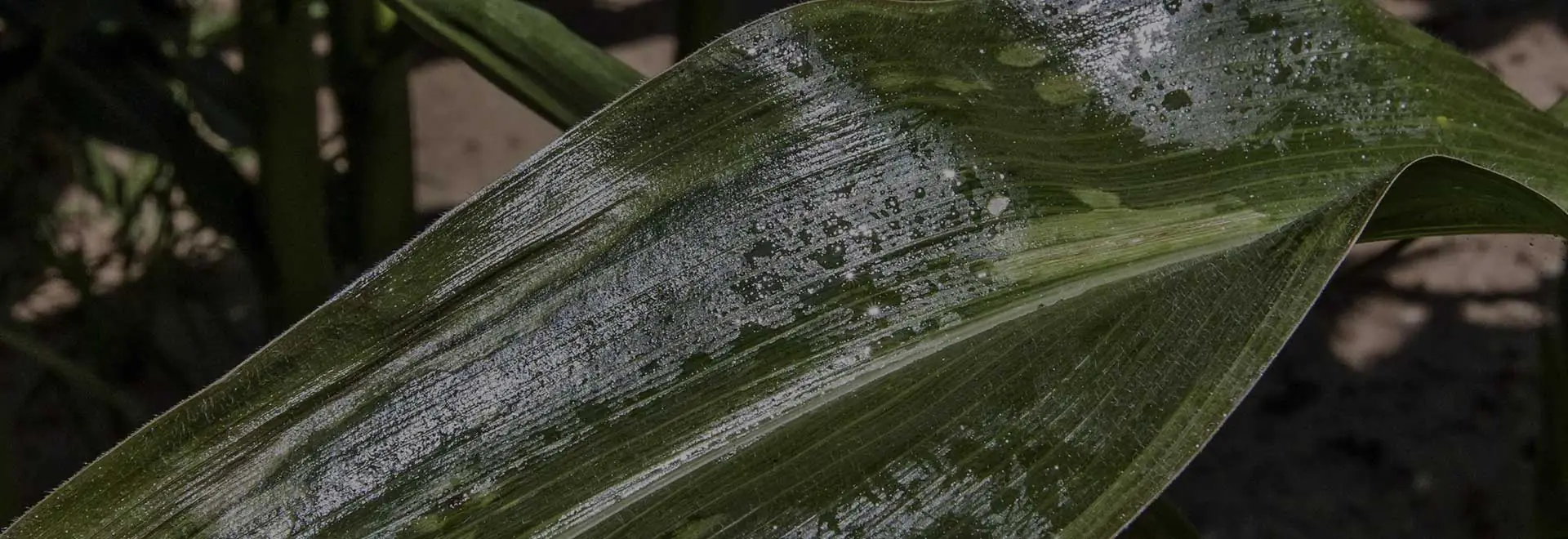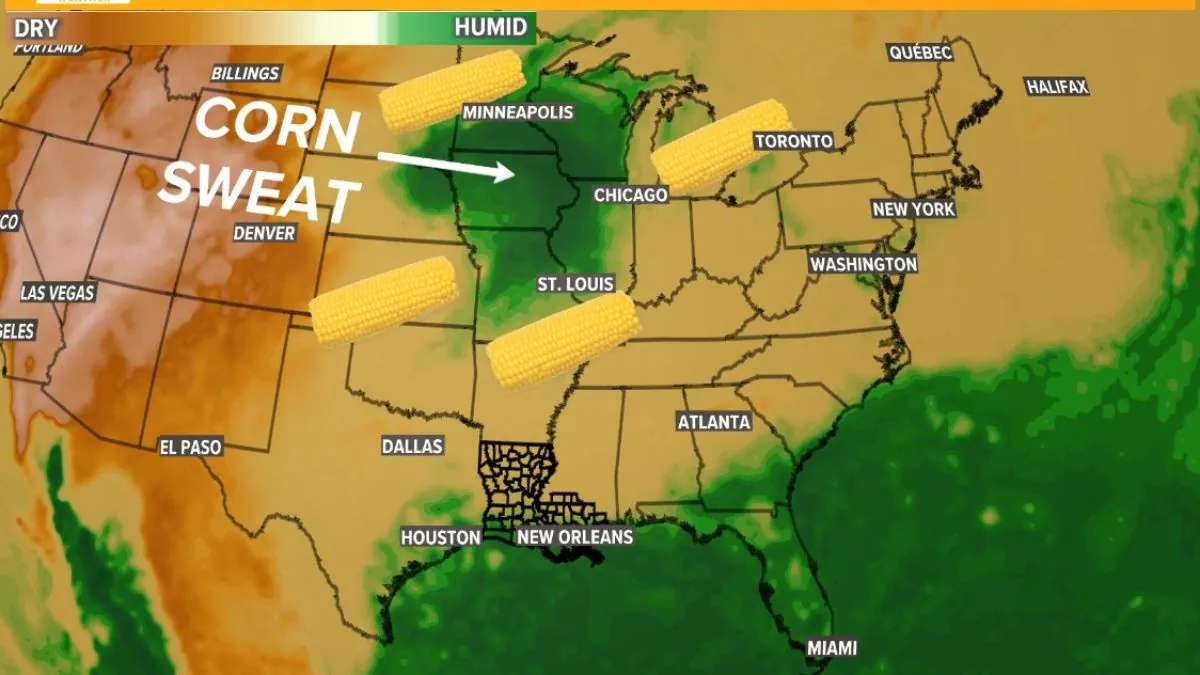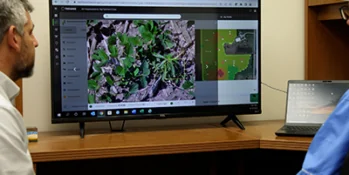

If you’ve ever spent a summer day in the Midwest, you’ve likely experienced the muggy, oppressive humidity that seems to hang in the air. But did you know that some of that moisture might actually be coming from the cornfields surrounding you? This phenomenon, known as “corn sweat,” plays a significant role in the region’s climate. Let’s dive into the top five things you need to know about corn sweat and its impact on the weather.
Corn sweat is a colloquial term for a process known as evapotranspiration. This is how plants, including corn, release water vapor into the atmosphere. Corn plants absorb water through their roots, use it for growth and photosynthesis, and then release excess moisture through tiny pores in their leaves. On a large scale, this process can release an astonishing amount of moisture into the air, contributing significantly to local humidity levels.
To put it into perspective, one acre of corn can release between 3,000 and 4,000 gallons of water every day during the peak growing season. In states like Illinois, which boasts around 12 million acres of corn, that adds up to an astounding 48 billion gallons of water daily—enough to fill 73,000 Olympic-sized swimming pools! This massive volume of water vapor can significantly raise the dew point, leading to the sticky, uncomfortable conditions that Midwesterners know all too well.
The Midwest is often considered the “corn belt” of the United States due to the vast amount of corn grown there. During the summer, especially in late July and August, cornfields across the region simultaneously reach peak evapotranspiration. With millions of acres of corn releasing water vapor at the same time, the resulting increase in humidity is particularly noticeable. This effect is exacerbated by the region’s already humid climate, which is influenced by moist air masses from the Gulf of Mexico.
Yes, climate change is having a noticeable impact on corn sweat. As global temperatures rise, so do nighttime temperatures and humidity levels, allowing the atmosphere to hold more moisture. Additionally, warmer conditions mean that corn plants are transpiring more water. The expansion of corn acreage to meet the growing demand for biofuels, such as ethanol, also contributes to the amount of water vapor being released into the atmosphere.
While corn sweat might make summer days feel more oppressive, it’s actually a sign of healthy, growing crops. The process of evapotranspiration is essential for plant growth, helping crops reach their full potential. Additionally, understanding and monitoring corn sweat can provide valuable insights into agricultural practices and climate trends, helping farmers and scientists adapt to changing conditions.

Next time you’re drenched in sweat during a Midwestern summer day, you can blame the cornfields! But remember, that muggy air is a sign that crops are thriving, ensuring a bountiful harvest. Corn sweat might be sticky, but it’s an essential part of the agricultural ecosystem that sustains the Midwest.

Cutting your technology spend when commodity prices are low may be a nail in the coffin for your crop’s yield potential and a forfeiture of the opportunity to save input costs with dialed-in, precise application.

For Central Valley Ag’s (CVA)Trevor Cox and his team, those weeks through April and into the first half of May are where the rubber meets the road. Those weeks see the recommendations that led to on-farm decisions become reality. Those weeks launch #Grow24.

Starting a new lease off on the right foot is beneficial for both the landowner and farmer and can be achieved by aligning goals and establishing a transparent relationship built on honesty and trust.